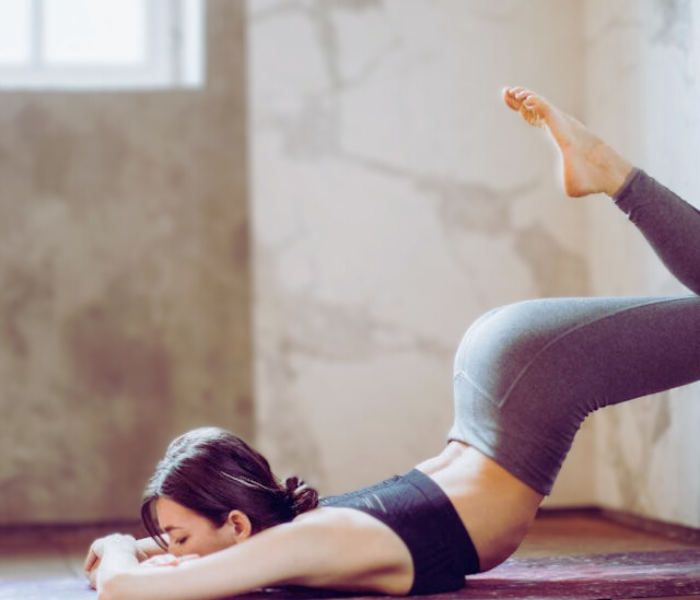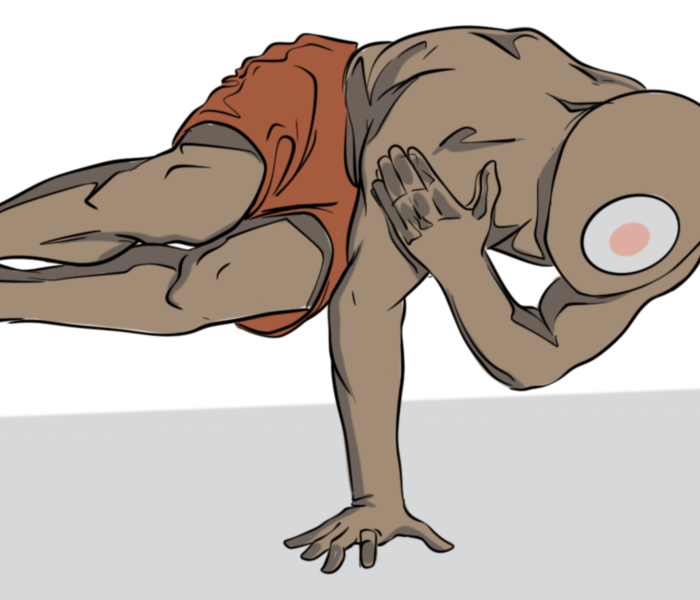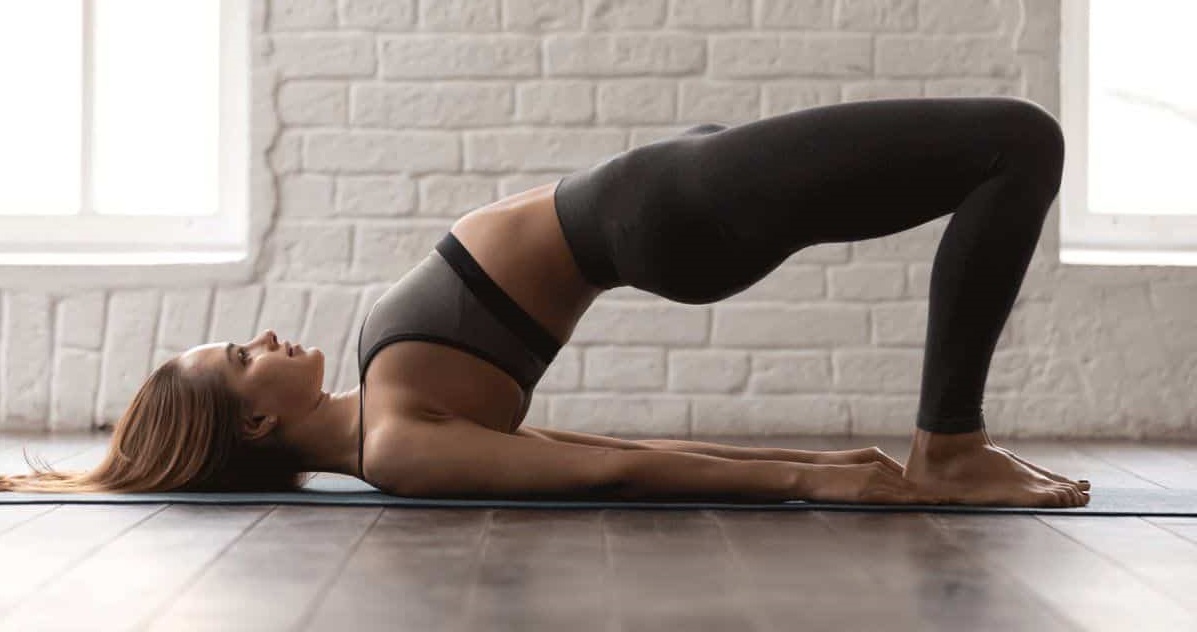5 benefits of regular headstand practice

how inversions help balance the physical and subtle bodies
Known as the king of Asanas (yoga postures), the headstand may at first seem intimidating to the new practitioner. However, the benefits of this posture to on
e’s mind, body, and spirit are plenty. In an environment where we are either sitting down or standing for most of the day, our circulation tends to become sluggish. This often results in our heart overworking to pump adequate blood to the upper body. Normally, our heart works against the pull of gravity. Inversions lessen the strain on the heart and allow an abundant supply of oxygen-rich blood to reach the head and brain.
Here are 5 of the many benefits of regular practice of headstand:
1. Inversions reverse the pull of gravity on the organs,
especially the intestines. Performing this posture increases digestive fire and body heat. The intestines are cleansed while releasing clogged blood in the colon.
2. By inverting, the flow of blood reverses in the body and stimulates the nervous system.
Headstands stimulate and provide refreshed blood to the pituitary and hypothalamus glands. The hypothalamus gland links the nervous system to the endocrine system via the pituitary gland. These glands are vital to our wellbeing and are considered the master glands that regulate all other glands in the body (thyroid, pineal, and adrenals). Performing headstand helps to dissolves stress, sadness, depression, and lethargy. The cleaner your adrenal glands are, the more optimal they will function. This will help you to adapt to stress better.
3. Performing headstand rejuvenates the lower body such as the legs, pelvis, and lower torso.
While in headstand, de-oxygenated blood is able to flow more easily from the extremities to the heart. Reversing the effects of gravity on your bodily fluids will help to flush out built up water in the legs, relieving the confining sensation of edema (swelling).
4. By performing headstand, you will be directly stimulating your lymphatic system
and thereby helping to remove toxins from your body. The lymphatic system is responsible for waste removal, fluid balance, and immune system response. As lymph moves through the body, it gathers toxins and bacteria to be eliminated by the lymph nodes. Lymph moves as a result of muscle contractions and gravity. By inverting, lymph travels more easily into the respiratory system where much of the toxins enter the body.
5. The improvement of cognitive abilities such as concentration,
memory, and processing can be attributed to a regular headstand practice. The posture helps us overcome fear (of falling!) and develop concentration – see how long you can hold the posture if your mind wanders. This pose requires a still mind. Headstands also strengthen deep core muscles. To be able to hold this posture, the practitioner must engage the obliques, the rectus abdominis and transverse abdominis.
When done correctly, headstands help the spine become properly aligned, improving posture, facilitating good breathing and reducing muscular stress. It positively affects the four major systems in the body: cardiovascular, lymphatic, nervous, and endocrine.
Conclusion
Although I recommend learning headstand from a qualified teacher, its multifaceted benefits should not be ignored. Headstands should not be performed if you have neck injuries, unusually high blood pressure, ear or eye problems, or if a woman is on her monthly cycle.
Read next >> the face of god



